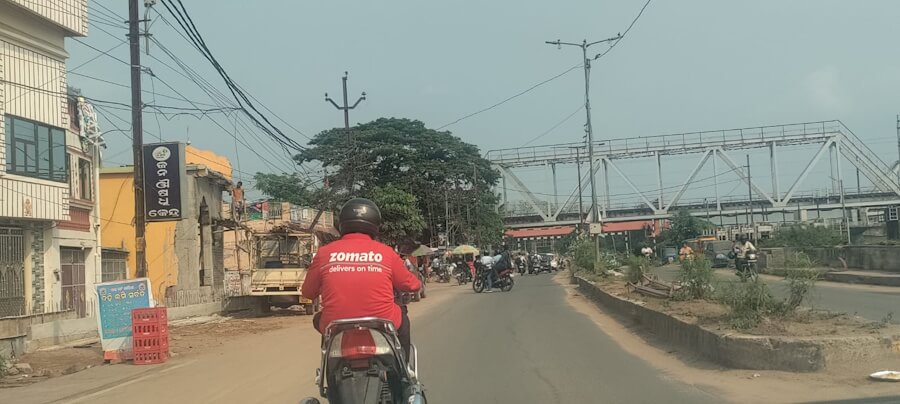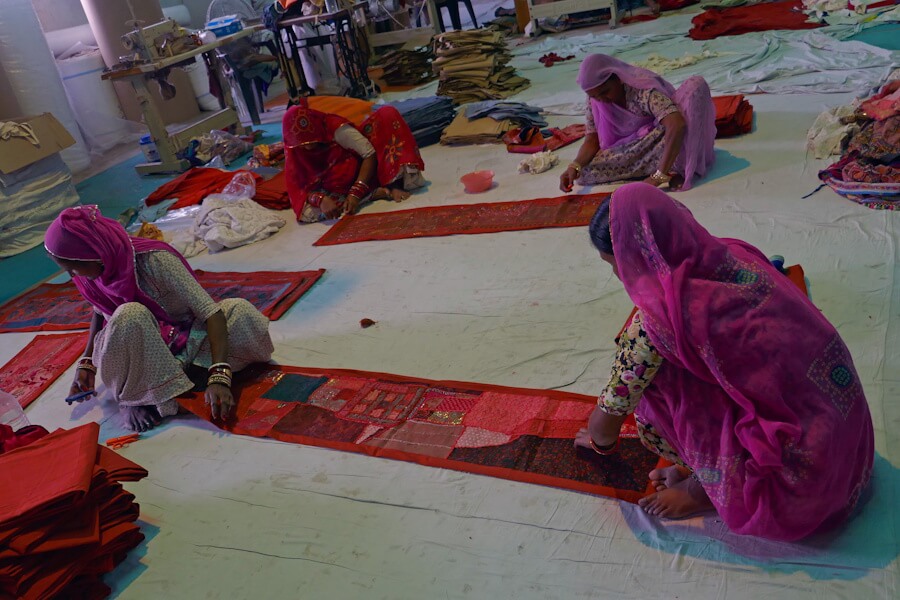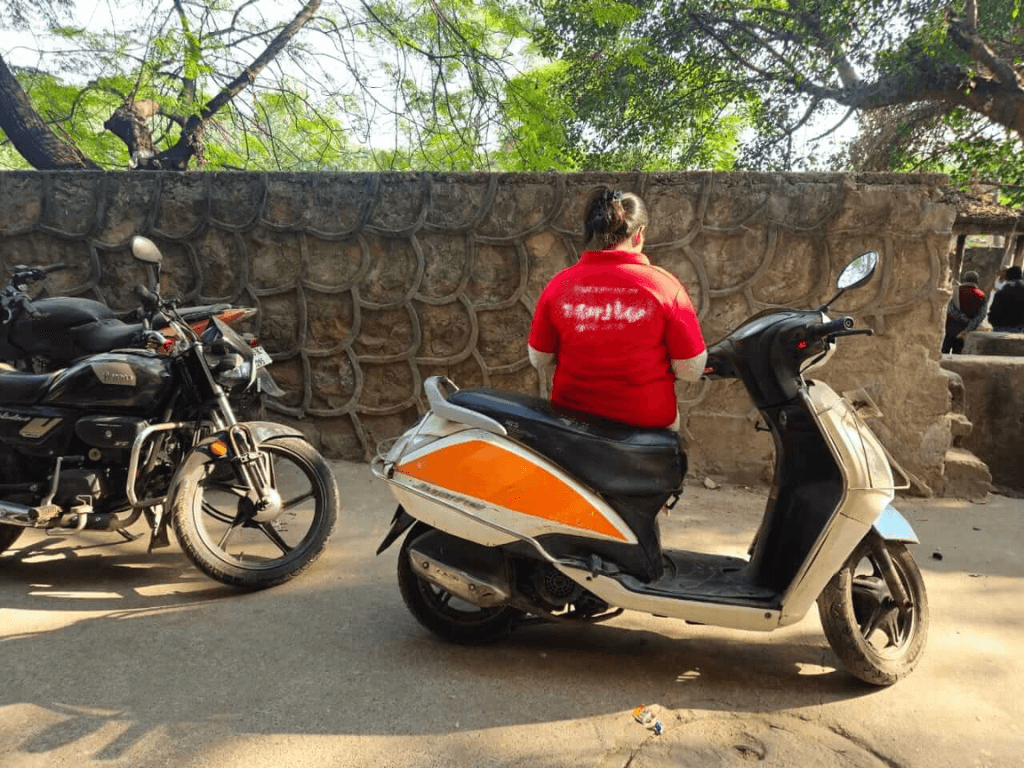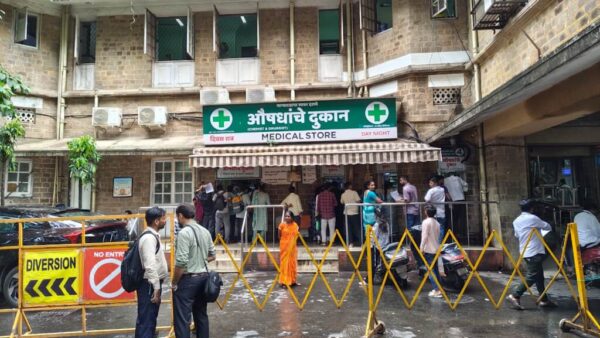As a researcher and professor of informal economy, enterprises and labour, and digital platforms, how would you describe the place of women in gig work with the accessibility that mobile phones and internet offer?
One of the main challenges is thinking about what the gender digital divide is. There’s a big split in how many women use the internet compared to men. As per the National Family Health Survey 2019-2021 (NFHS-5), only 54 percent women owned a mobile phone compared to 82 percent of men, and only 33 percent women accessed the internet versus 57 percent men. Over the last 20 years, the internet has been sachet-ised – you can access very cheap internet for small amounts of time. In that sense, the market has moved quite a distance but women’s relationship to the internet is quite scattered. In metropolitan cities, there is a concentration of women that have access to phones. It starts to diminish as you move into peri-urban areas and the countryside.
There are several reasons for this. The first is the access to smartphones. A lot of them are likely to be second-hand devices which means that the heavy applications that platforms require women to use often don’t work very well. We see this with men too but women are less likely to be eligible to work in the gig economy because of their access to smartphones and the quality of the devices.
The second is that access to the internet and working through a gig work app requires a high degree of digital literacy, a very strong understanding of the implication of clicking a button. In our research, we found that women are very hesitant, they are afraid of doing something wrong on their smartphones or on the internet that can lead to a failed transaction or compromise their identity and safety. So, women’s access to gig work is challenged by their access to infrastructure and their ability to use that infrastructure well.

Is women’s vulnerability an issue in platform-based work. Who needs to do what to ensure that their rights are protected?
What we currently see in gig work is that women tend to exist and engage in sectors they have traditionally worked in, there’s a certain gender segregation. Either women self-select or they are forced into particular sectors or kinds of jobs. By sector, I mean domestic work, care work, design work, work that is either in the home or at a desk which works differently for different skill sets. It means that a lot of the work that they do is surrounded by the home or within confined physical environments. So, the popular gig sectors like food delivery, logistics, e-commerce are not necessarily where women go to work. In that sense, protecting them takes on a different meaning.
The Urban Company story is important for women in gig work. I think it must have thousands of women going through its system but women who do home-based digital or gig work are far more in number. These are women doing data annotation, translation and click work. So, when we think about women’s work and safety, we also have to think about the nature of work. Women doing home-based gig work may go through violent content, videos, audio transcripts, looking at videos of child pornography or rape to weed out or moderate them. They are janitors of the internet and protecting them would mean thinking about their mental health too.
What has your research shown about women’s safety and gig work?
When women do any kind of work, interact with the world, even just sit at home, they face violence. We have spoken to women working on Clickworker or Amazon Mechanical Turk. The client-worker relationship on these online or offline platforms is not very well monitored because you want the client to keep generating revenue for the platform, so the women put up with things.
In my early years of doing research with Uber and Ola drivers, when gig work was becoming a big cultural moment, many drivers talked about being sexually harassed by women as well as men in their taxis because it was a closed liminal space. Now imagine women drivers.
There is a big challenge in enforcing any kind of regulation on clients in the platform economy at large. And similar tropes of why women’s violence takes place in the real world also takes place on the internet. So, when we think about who is responsible and what we should do, a lot of it has to do with consumers, what it is for a consumer to be an ‘employer’ for that moment. I am not talking full-time employment with career growth and social protection but in terms of responsibility in ethically liaising with the gig worker they interact with.
Some platforms have done this better than others. Airbnb, for example, has a fair pledge where they ask users to behave in a particular way. Alternative platforms abroad, like the ones set up by domestic worker unions, also take a pledge from consumers. The word ‘pledge’ means it’s a choice consumers make, it’s not enforceable. One way of ensuring safety is to have women work only with women. Gender segregation is an approach to create safe spaces for women workers. For example, they drive on particular routes or drive only in the daytime.

Photo: Wikimedia Commons
Are there state policies or provisions that safeguard lives and rights of gig workers by recognising or formalising the work?
Governments have tried to interact with the platform economy in a number of ways for economic growth and job opportunities, in the realm of entrepreneurship and skilling. For example, in the ride-hailing sector which requires high investment to buy the car, governments have said ‘We’ll buy the cars and create a relationship between our skilling agency and the platform so they know who to hire’. That’s been one approach. The other has been to find different constituents who need jobs and get them onto the platform.
When it comes to safety and safeguarding the lives of gig workers, there are sporadic initiatives. The police in Bengaluru started a special cell for gig workers, especially food delivery workers, after the 10-minute delivery craze began because one in 10 workers were facing a near-fatal crash. It helped expedite cases, made protocols and worked with platform companies. This is important because gig workers may have health insurance and accident insurance, but they cannot access these without law enforcement.
What are the risks associated with platform work, especially for women? In October 2021, when more than 100 women workers went on strike against Urban Company and protested, some of them faced lawsuits.
Because a lot of women are self-segregated into home-based work, there is a continuing legacy challenge of visibilising that labour. And that’s a big risk to the workforce. One, because many women doing home-based work have bachelor and master’s degrees, some even have STEM degrees. To think that her family invests in education but she is not able to say ‘Yes, I have a job’ is a big challenge from the lens of empowerment.
Secondly, even educated women have many challenges when navigating the interfaces and systems in platform work. The way to succeed, whether in food delivery or data annotation, is to consciously learn how the system works, figuring it out on one’s own. Because women do tend to be time- poor, because they have a triple burden, they end up not making the same wages as men. There are both issues: lack of time and their ability to grasp the tips and tricks of the platform.
When we studied micro-tasking work or online piece-rate work, a lot of men had developed their own plugins that helped them hack the system to get higher quality and higher paying tasks on Amazon Mechanical Turk or Clickworker, but we found very few women able to do that. We could see there was a difference in the time they were able to devote to it. Platform workers self-learn by engaging with other workers, by finding online forums, Telegram groups, Reddit groups but it’s all time-consuming.
In the conversations I have had globally and in India in labour departments about welfare boards or social security mechanisms, online work is an unanswered question. No one knows what to do with it – not the academics and policy makers, and the companies are not involved in any of these conversations. It comes down to Swiggy, Zomato, Ola. There are many layers of risks added on when it comes to women’s platform work, especially home-based gig work.

Photo: Wikimedia Commons
Would the formalisation of this informal work help workers, especially women?
A lot of the women doing this work or edtech work or similar kinds of computer-based, home-based work are first-time entrants into the labour market. They don’t necessarily have informal networks like in more traditional informal work like street vending, domestic work, care work, nursing work where the networks exist. When women are wage workers, those networks and relationships have a different importance in social protection. When they are self-employed, it’s a completely different situation. Visibilising the employer, which is the next part of that game, is not going to happen so quickly and will be fairly protected by centuries of privilege.
The precarity of gig work means that they are forced to work despite extreme weather conditions. What can cities do about this?
I ask whether it’s in a city’s ability to solve these challenges that gig workers have. When we think about why gig workers have to work in extreme heat or rain, it is because when work goes on software, time is the focus. On-demand food delivery, on-demand taxi delivery, on-demand house help services means that time is the product, not the labour. The demand is to have it ‘now’.
The challenge then is what is the role of the city, is there a role of the labour department, the IT department. What the city can do is provide basic infrastructure, housing, and access to sanitation and water. We have been talking about gig workers on the streets but the challenge is also with informal workers; when they go home, it’s no better. So, addressing the housing issue, materials of their housing, access to water are as important as thinking about their work.
Cities are experimenting with shelters; we see break centres for workers. Chennai just announced it, Ahmedabad has had different versions of this by organisations like SEWA. It’s unclear how to evaluate the long-term use of these interventions but we do need more access to shelters and clear water for all workers.

Photo: Wikimedia Commons
In your experience, which cities have successfully provided for gig and platform workers to work with dignity and in extreme weather conditions?
There’s a business case to be made that when it’s really hot and nobody wants to go out is when you want food delivered. So, there’s a consumer-side problem; they need to be educated. In Singapore, for example, companies have developed a heat index that they use in their decision-making about incentives and discounts on food, and incentives for workers. But cities like Singapore also have public infrastructure, toilets and shade, and don’t have as many exclusionary practices as we do. We don’t let people into buildings, into malls, close to ACs. So, they often wait outdoors in the heat and parking lots.
How can cities ensure that the women in app-based work, contributing to the city’s economy, are recognised?
Whether they work on a gig platform, produce for Amazon or beedi contractor, they are equally important. The difference in gig work is there’s one player involved which makes it easy to shift or regulate it. All forms of women’s work have to be recognised. Many feminist economists wanted women’s work to be visiblised so that their productivity and contribution to GDP was highlighted. It’s taken 50 years. We have moved beyond recognising their involvement in the economy to recognising their vulnerability. Now the question is, how do make it safe for them, make them less vulnerable?
I think universal access to social protection is really the thing. Countries like Thailand have universalised access to health insurance and medical facilities for informal workers. One of the things that India does well is to recognise women, different types of women, for their vulnerability as it associates them with poverty. Building on some of those systems is important. Some of the systems looking at poverty, acknowledging its changing nature, and making sure of marginal increase in mobility whether through access to consumer boards, working on a gig platform, having a little more disposable income all get classified as vulnerability. We have to build for that.
Nikeita Saraf, a Thane-based architect, illustrator and urban practitioner, works with Question of Cities. Through her academic years at School of Environment and Architecture, she tried to explore, in various forms, the web of relationships which create space and form the essence of storytelling. Her interests in storytelling and narrative mapping stem from how people map their worlds and she explores this through her everyday practice of illustrating and archiving
Cover photo: QoC file




